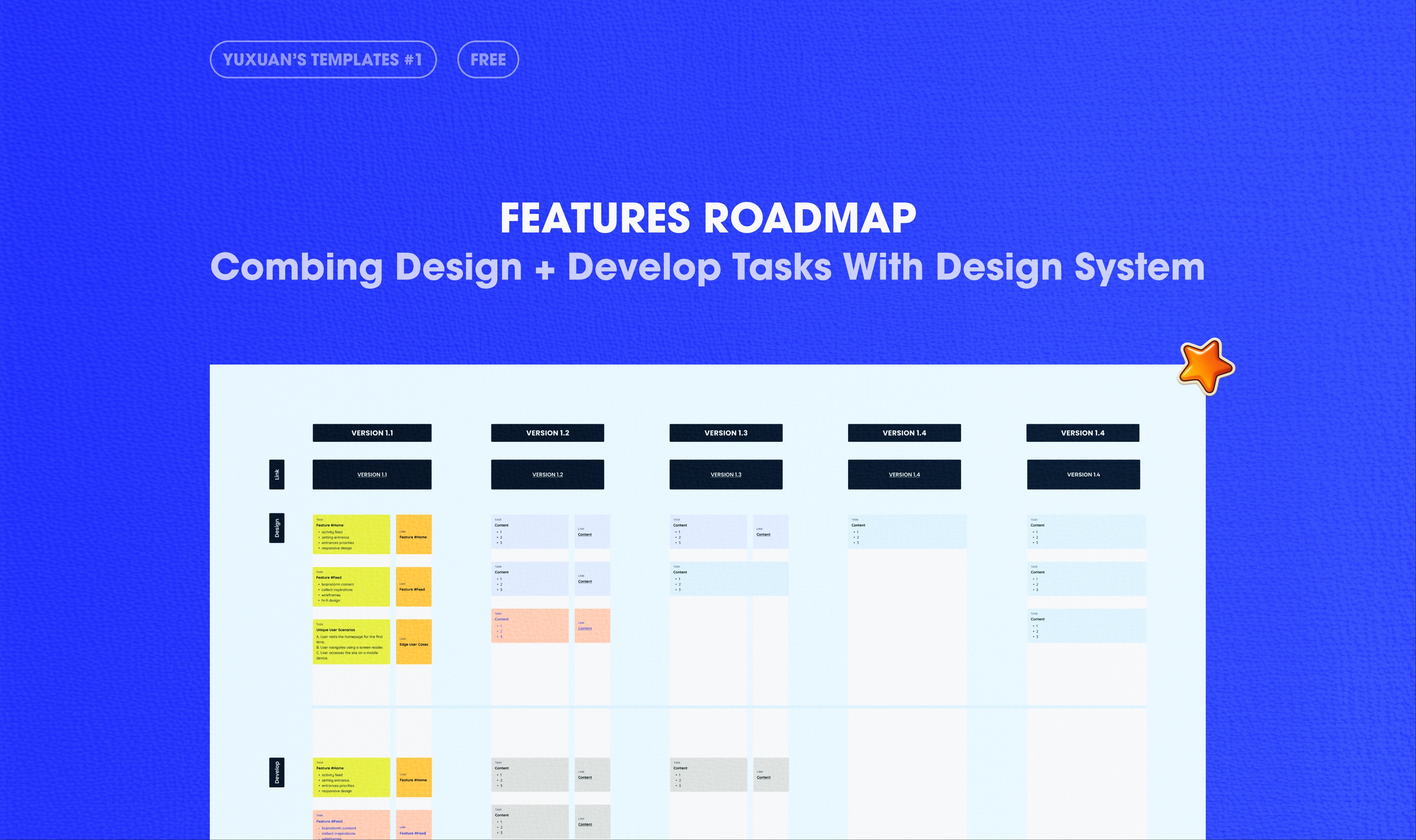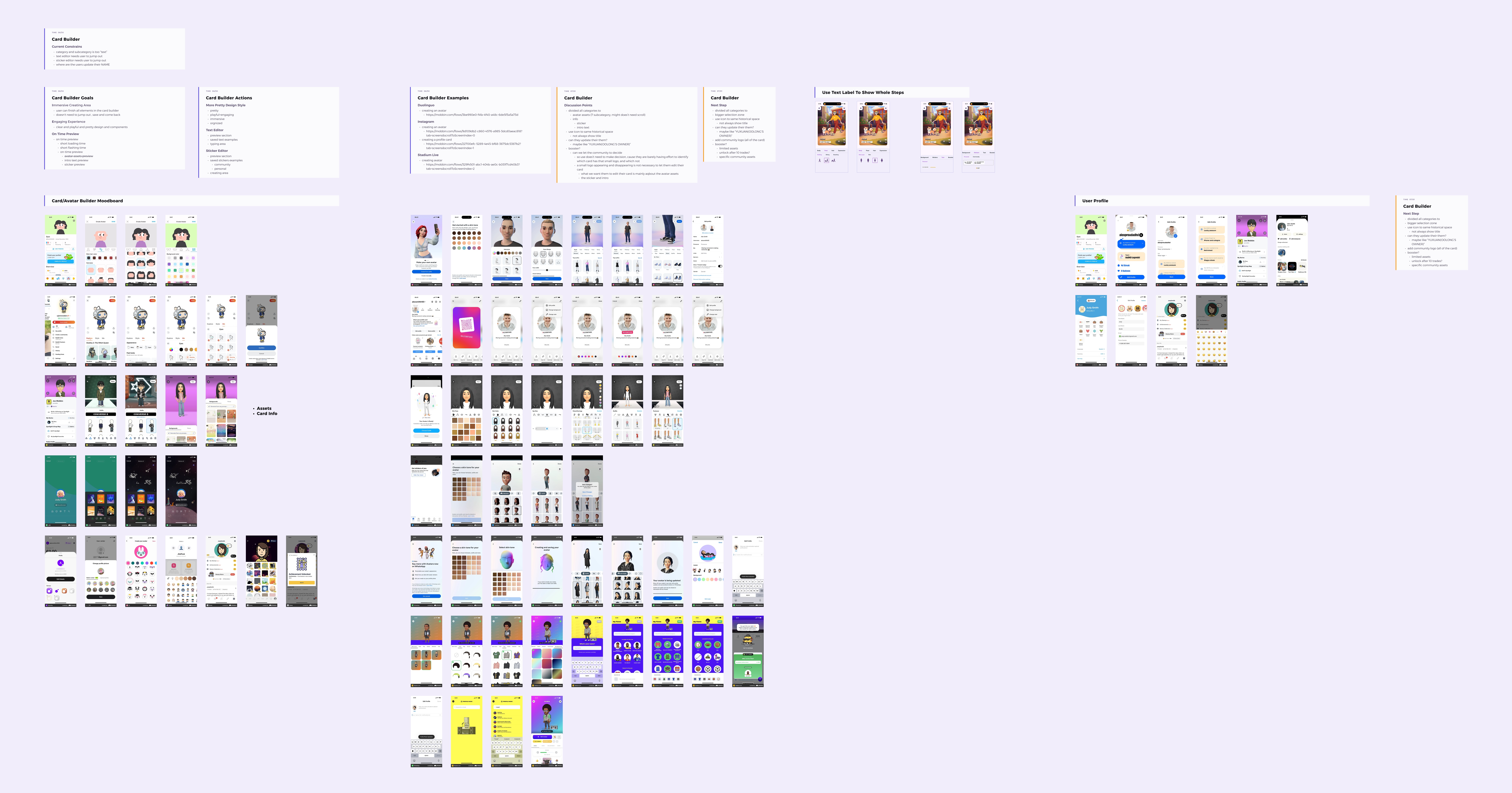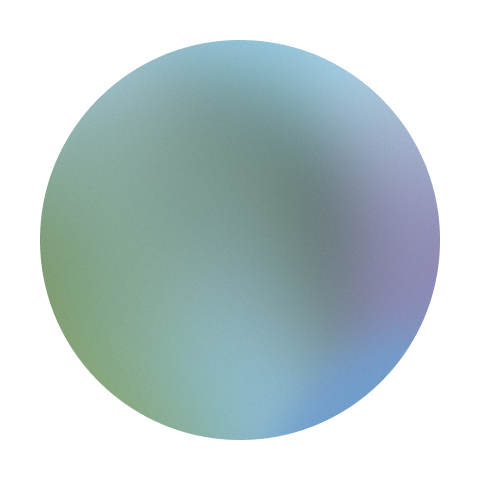Wearing every hat
When I became the only product designer at a startup, I thought I was ready. I had finished my master, studied several related courses, UX frameworks, memorized the “right” process, and carefully built my portfolio with case studies that ticked every box.
But here’s the thing: real life doesn’t follow the process.
In the past years, I’ve worn every hat — UX designer, researcher, brand designer, design system builder, prototyper, onboarding strategist… you name it. And through that chaos, I learned way more than I expected.
But here’s the thing: real life doesn’t follow the process.
In the past years, I’ve worn every hat — UX designer, researcher, brand designer, design system builder, prototyper, onboarding strategist… you name it. And through that chaos, I learned way more than I expected.
Not from a textbook. But from doing the work, day after day.
1. There’s no perfect workflow in real life.
In school, I learned the “ideal” UX process: research, interviews, competitive analysis, ideation, sketches, wireframes, hi-fi prototypes… you know the drill. But at a startup? That kind of process is a luxury.
In the beginning, I tried to follow every step — creating personas, mapping user journeys, brainstorming eight different solutions per problem. But working that thoroughly quickly clashed with our fast-moving roadmap. We simply didn’t have the time or headcount for it.
What really mattered was whether the team shared a high-level vision and was aligned on priorities. Rather than checking every design box, I learned to move fast, communicate visually, collaborate closely, and iterate constantly.
In the beginning, I tried to follow every step — creating personas, mapping user journeys, brainstorming eight different solutions per problem. But working that thoroughly quickly clashed with our fast-moving roadmap. We simply didn’t have the time or headcount for it.
What really mattered was whether the team shared a high-level vision and was aligned on priorities. Rather than checking every design box, I learned to move fast, communicate visually, collaborate closely, and iterate constantly.

💡 This is the roadmap template I created to help keep everyone aligned on feature priorities and future planning.
2. Don’t design in a bubble — build with context.
In the rush to move fast without thinking, it’s really easy to jump straight into solutions. I’ve done it — mocked up “perfect” designs, only to realize the team wasn’t aligned on the actual problem, or worse, after testing, users didn’t understand.
Over time, I’ve iterated my workflow to focus on two key habits that changed everything:
Over time, I’ve iterated my workflow to focus on two key habits that changed everything:
1. Define the right problem and goals clearly.
Before designing anything, I write down a short list of key questions and share them with the team. It’s a bit like a “design brief” — only faster and scrappier. In larger companies, a PM might handle this. But at our startup, we don’t have one — so I take ownership.It doesn’t need to be polished.
It just needs to align everyone around the same problem and goal. Here’s what I usually define:
It just needs to align everyone around the same problem and goal. Here’s what I usually define:
- What feature are we delivering?
- Why are we building it now?
- What’s the user’s goal?
- What constraints or limitations exist?
- What edge cases could arise?
- What’s the priority content — and what can wait?
- What’s the key information we need to highlight?
This small pause saves us from misalignment later — and prevents us from solving the wrong problem beautifully.
2. Communicate visually — using real product examples.
Words only go so far. I use moodboards, screenshots, and references from real products to bring ideas to life. This helps teammates — especially those without a design background — better understand what we’re actually building.
It’s tempting to go for something flashy and “original,” but in real products, clarity always wins. Users don’t want to re-learn how to use a button.
When we tested one of our early designs, users were confused: “It doesn’t look familiar like normal products.” or “I don’t know where is next step.”
That’s when I remembered what my professor Diamond once told me:
It’s tempting to go for something flashy and “original,” but in real products, clarity always wins. Users don’t want to re-learn how to use a button.
When we tested one of our early designs, users were confused: “It doesn’t look familiar like normal products.” or “I don’t know where is next step.”
That’s when I remembered what my professor Diamond once told me:
“UX design is different with art.”
It’s not about being the most creative — it’s about thinking like your users and delivering what they actually need. Now, whenever we start a new feature, I look at how real products solve similar problems. It helps ground our designs in patterns users already understand and reduces unnecessary friction.

💡 Mood-board example I made for Feature#AvatarBuilder’s Categories
Some of my go-to resources libraries:
These tools help me design experiences that feel intuitive — without reinventing the wheel. And when I have time, I create quick moodboards to communicate tone, layout, or interaction direction before jumping into high fidelity.
Together, these two habits — defining clearly and showing visually — help me avoid wasted effort, collaborate better, and design with more clarity and confidence.
Together, these two habits — defining clearly and showing visually — help me avoid wasted effort, collaborate better, and design with more clarity and confidence.
3. Involve engineers early — really early.
At a startup, you often build features side-by-side with engineers. After several tries, we involve them from the beginning.
We don’t have separate frontend and backend teams — usually one developer handles it all. I share early ideas, rough flows, and backend requirements while the design is still evolving. That way, they can start thinking about structure while I fine-tune the UI.
Bonus: engineers are great at spotting edge cases I didn’t think of. Catching those early saves us all a lot of headaches.
We don’t have separate frontend and backend teams — usually one developer handles it all. I share early ideas, rough flows, and backend requirements while the design is still evolving. That way, they can start thinking about structure while I fine-tune the UI.
Bonus: engineers are great at spotting edge cases I didn’t think of. Catching those early saves us all a lot of headaches.
4. Your handoff is still part of your design.
Handoff isn’t just exporting files — it’s a continuation of the design process. I’ve learned to:
- Cover all edge cases
- Clean and organize my files
- Record a short walkthrough video explaining the rationale and flow
It’s not the glamorous part of design — but it’s what helps your work ship successfully. And it shows your team you care about what happens after Figma.

💡 Organizer elements template I made for organizing fils.
5. Learn from trends — but don’t blindly follow them.
There was a time when I was obsessed with browsing and collecting every cool UI I saw on Dribbble and Behance. Trendy layouts, shiny gradients, clever micro interactions — I saved them all. But copying trends without context? That’s risky.
Designers need to be intentional. If your product already has a defined visual language, throwing in the latest trend can break consistency — or worse, confuse users.
Now, I still learn from trends — but I apply them with purpose and restraint. Before adding anything new, I ask:
Designers need to be intentional. If your product already has a defined visual language, throwing in the latest trend can break consistency — or worse, confuse users.
Now, I still learn from trends — but I apply them with purpose and restraint. Before adding anything new, I ask:
- “Does this improve the user experience?”
- “Does it support our product goals?”
Some recent good examples:
- I rebuilt our design system after watching TD Sunshine’s videos on design systems (highly recommend!)
- I studied Duolingo’s motion design by using the app regularly and noting how subtle animations guide the experience
- I explored strategies from growth.design to improve onboarding and feature adoption
If the answer to “Does this help our users?” isn’t clear, I leave it in the idea drawer for later. Learning is part of the job — but blindly applying what looks cool isn’t. Trends are great inspiration, but your users still come first.
6. Have ownership — but pick your battles.
Startups are full of trade-offs. You might not have the budget for usability testing. You might not have enough data to support every design decision. And even when you do, your boss might want other new ideas on the work — because business, technical, or personal preferences thoughts.
" But does that mean you should give up thinking and follow orders from the beginning?"
" No"
" No"
I stand by my research, my thinking, and my designs — every time. I show the rationale behind my decisions, bring in real examples, and communicate clearly with the team. I argue, respectfully but firmly, when I believe in a direction. Because that’s part of my job too.
But I’ve also learned when to let go. If the final call isn’t mine, I don’t take it personally. I don’t throw away my ideas either — I save them. I reflect. And I keep them in mind for the future, because sometimes, the right timing is everything. That’s tough — especially when you’ve poured hours into a design. But I’ve learned to zoom out and stay flexible.
Not every idea ships today. But maybe it sparks a better one tomorrow. Or maybe it becomes useful later.
Growth comes not just from shipping good work — but from staying curious, collaborative, and open to what comes next.
But I’ve also learned when to let go. If the final call isn’t mine, I don’t take it personally. I don’t throw away my ideas either — I save them. I reflect. And I keep them in mind for the future, because sometimes, the right timing is everything. That’s tough — especially when you’ve poured hours into a design. But I’ve learned to zoom out and stay flexible.
Not every idea ships today. But maybe it sparks a better one tomorrow. Or maybe it becomes useful later.
Growth comes not just from shipping good work — but from staying curious, collaborative, and open to what comes next.
🔧 How I’d Redesign the Process
If I could do it again, here’s what I’d do remember in mind:
- Use an existing design system on the market first, then evolve and redesign it once the product flow is more stable.
- Start discussions earlier — and never assume alignment without a real conversation.
- Communicate through solid visual examples, not just words.
- Prioritize key information clearly, and always double-check it with my boss and teammates.
- Gather inspiration from real, working products — not portfolios made to impress.
💬 Final Thoughts
Being a sole designer at a startup taught me that real UX isn’t about perfect process or polished portfolios — it’s about communication, shared understanding, and creative compromise.
You won’t always get it right. But if you’re willing to adapt, listen, and stand by your users, you’ll grow faster than you think.
You won’t always get it right. But if you’re willing to adapt, listen, and stand by your users, you’ll grow faster than you think.

